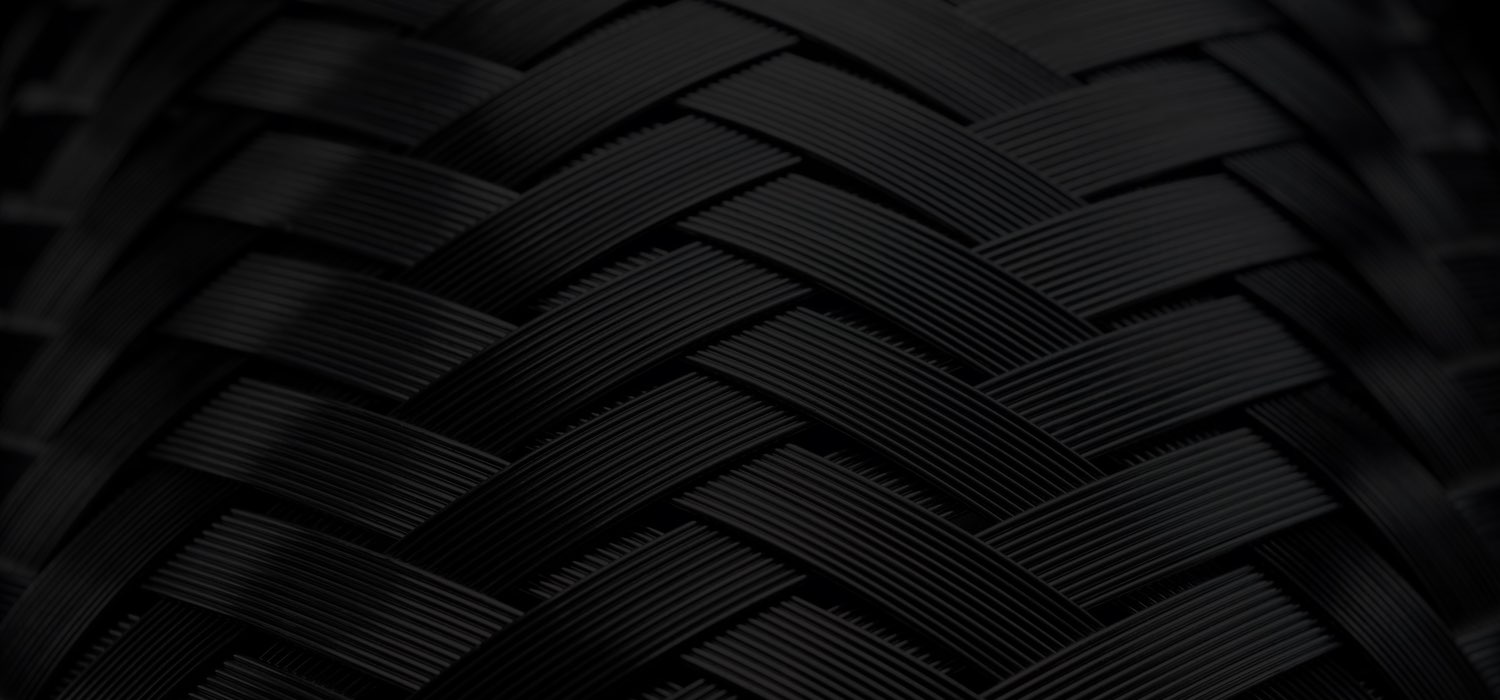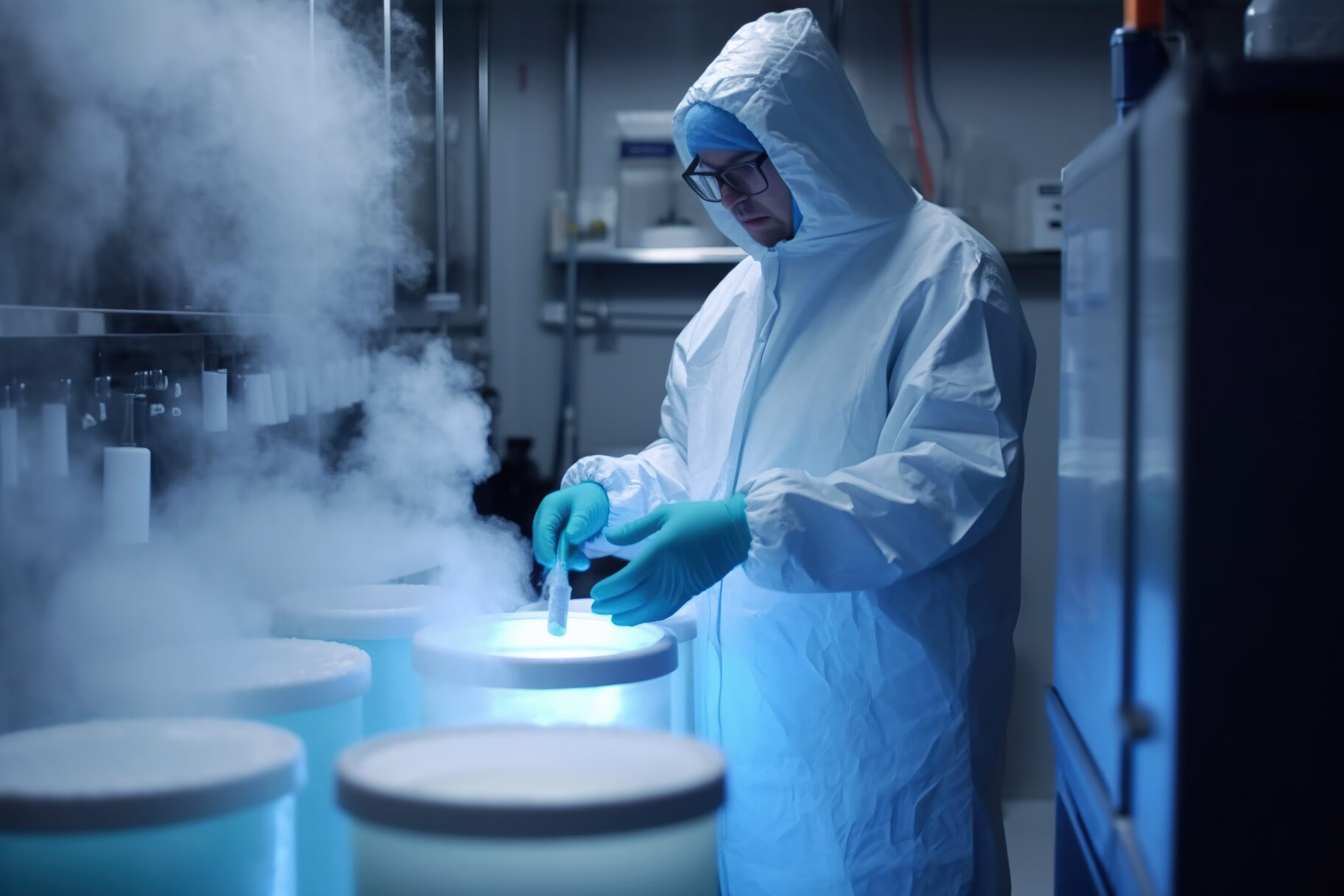
Blog: Industry
Why Do Cryogenic Transfer Hoses Fail? Prevention and Maintenance Guide
20th June 2025

The reliable transfer of cryogenic liquids presents unique challenges that can lead to premature hose failure if not properly addressed. At Flexmetallic Industries, our experience with cryogenic applications has given us valuable insights into why these specialised hose assemblies sometimes fail and, more importantly, how to prevent such failures. Understanding these factors is crucial for maintaining safe and efficient cryogenic transfer operations.
Common Causes of Cryogenic Transfer Hose Failure
Cryogenic transfer hoses operate in some of the most demanding conditions imaginable. When these critical components fail, several factors are typically responsible:
Thermal Stress and Material Fatigue
The extreme temperature differential between ambient conditions and cryogenic media (-196°C for liquid nitrogen) creates significant thermal stress on hose materials.
- Thermal cycling damage - Repeated warming and cooling cycles cause microscopic stress fractures that gradually propagate through the material
- Embrittlement - Improper material selection and welding techniques can lead to catastrophic brittleness at cryogenic temperatures
- Thermal shock - Rapid temperature changes can cause immediate material failure, particularly at connection points
- Thermal contraction - Differential contraction rates between components create stress at joints and fittings
These thermal stresses are particularly damaging to standard hoses not specifically designed for cryogenic service, which is why our specialised assemblies are engineered with 316L stainless steel that maintains ductility even at -196°C.
Connection and Fitting Failures
The interface between the hose and end connections represents a critical vulnerability in cryogenic transfer systems:
- Weld failures - Substandard welding techniques can create microscopic flaws that develop into leaks
- Gasket deterioration - Standard gaskets become brittle and lose their sealing capability at cryogenic temperatures
- Flange misalignment - Improper installation creates uneven stress distribution and potential leak paths
- Thermal expansion mismatch - Different expansion rates between fitting and hose materials create stress at the joint
Our TIG welding process is dual coded to ASME IX and BS EN 9606-1 standards specifically to address these vulnerabilities.
Insulation Breakdown
For many cryogenic applications, proper insulation is critical to maintaining operational efficiency and preventing hazards:
- Vacuum loss - In vacuum-jacketed hoses, degradation of the vacuum seal dramatically reduces thermal efficiency
- Condensation damage - Moisture accumulation on inadequately insulated surfaces can lead to corrosion and ice formation
- Frost build-up - Excessive frost accumulation adds weight and can damage external components
- Heat ingress - Poor insulation accelerates cryogenic liquid boil-off, increasing pressure and reducing efficiency
Our jacketed metallic hose assemblies are specifically designed to maintain insulation integrity in demanding cryogenic environments.
Operational Misuse
Even the best-designed cryogenic hoses can fail if not properly used and installed:
- Excessive bending - Exceeding the minimum bend radius creates stress concentrations and material fatigue
- Vibration damage - Uncontrolled vibration accelerates material fatigue, particularly at connection points
- Pressure spikes - Sudden pressure changes, often caused by trapped liquid vaporisation, can exceed hose ratings
- External damage - Physical impacts or abrasion can compromise hose integrity
Best Practices to Prevent Failures
Preventing cryogenic transfer hose failures requires a comprehensive approach to selection, installation, and maintenance:
Selecting the Right Materials
The foundation of reliable cryogenic hose performance begins with appropriate material selection:
- Use 316L stainless steel - This specific grade maintains mechanical integrity at cryogenic temperatures
- Verify material certification - Ensure full 3.1B material traceability to confirm appropriate composition
- Match materials throughout the assembly - Ensure compatible thermal expansion properties between all components
Installation Guidelines
Proper installation is critical for preventing premature failures:
- Observe minimum bend radius - Never exceed the manufacturer's specified minimum bend radius.
- Allow for thermal contraction - Install with sufficient slack to accommodate material contraction at cryogenic temperatures
- Support properly - Provide adequate support to prevent stress on connections whilst allowing for movement
- Align connections precisely - Ensure perfect alignment of flanges and fittings to prevent uneven stress distribution
- Install expansion loops where necessary - For fixed installations, incorporate expansion loops to absorb thermal movement
Inspection and Maintenance Protocols
Regular inspection and maintenance significantly extend cryogenic hose service life:
- Establish regular inspection schedules - Visual inspections before each use, comprehensive testing annually
- Look for early warning signs - Excessive frost patterns, unusual flexibility, or discolouration can indicate impending failure
- Test for vacuum integrity - For vacuum-jacketed hoses, regularly verify insulation performance
- Document service history - Maintain detailed records of operating conditions, inspection results, and maintenance activities
- Replace proactively - Establish replacement schedules based on operating conditions rather than waiting for failure
Operational Good Practices
Proper operation is essential for maximising cryogenic hose lifespan:
- Control cooldown rates - Introduce cryogenic media gradually to minimise thermal shock
- Avoid rapid pressure changes - Control valves to prevent pressure spikes
- Protect from external damage - Route hoses away from traffic areas and potential impact sources
- Prevent moisture accumulation - Ensure proper drainage and ventilation to minimise condensation
- Follow temperature adjustment guidelines - Utilise our temperature adjustment factors for accurate performance expectations
Cryogenic Hose Maintenance Checklist
To maximise the service life of your cryogenic hoses, implement a regular maintenance checklist:
Daily Checks:
- Check for frost patterns indicating insulation breakdown
- Inspect for external damage to braiding or jacketing
- Verify connection integrity and alignment
- Check for frost patterns indicating insulation breakdown
Monthly Checks:
- Examine end fittings for signs of stress or misalignment
- Check support systems for proper positioning
- Verify proper bend radius is maintained throughout the installation
- Examine end fittings for signs of stress or misalignment
Annual Testing:
- Conduct pressure testing at 1.5× working pressure
- Perform helium leak detection for critical applications
- Verify material condition and flexibility
- Conduct pressure testing at 1.5× working pressure
Frequently Asked Questions
How often should cryogenic hoses be replaced?
The replacement frequency depends on application conditions, but most cryogenic transfer hoses should be evaluated for replacement after 2-5 years of service in typical applications. For high-cycle or harsh environments, annual evaluation is recommended. Always replace hoses showing signs of degradation regardless of age.
What are the warning signs of failure?
Watch for abnormal frost patterns (which may indicate insulation breakdown), unusual flexibility or stiffness, visible damage to outer braiding, discolouration at fittings, persistent condensation or ice formation, and reduced flow rates. Any of these signs warrant immediate inspection by a qualified technician.
Why can’t I use standard hoses for cryogenic liquids?
Standard industrial hoses lack the specialised materials, construction techniques, and testing validation required for safe cryogenic service. Materials not rated for extreme cold become dangerously brittle below certain temperatures, connections can fail due to thermal contraction, and standard hoses cannot handle the extreme pressure fluctuations caused by cryogenic liquid vaporisation.
Which certifications matter for cryogenic hoses?
Look for BS EN ISO 10380:2012 or BS EN ISO 21012:2024 compliance, material traceability to BS EN 10204, and welding certification to BS EN 9606-1 or ASME Section 1X standards. For specific applications, additional certifications like ADR, TPED or ATEX may be required. Visit our certifications page for more information.
How do temperature changes affect hose performance?
Temperature fluctuations create thermal cycling stress that can lead to material fatigue. Rapid temperature changes cause thermal shock that may create immediate failure points. Additionally, working pressure ratings must be adjusted for different operating temperatures using appropriate temperature adjustment factors, which can be calculated using our temperature adjustment tool.
Conclusion
Cryogenic transfer hose failures are preventable with proper selection, installation, and maintenance. By understanding the unique challenges of cryogenic service and implementing appropriate preventive measures, you can significantly extend hose life whilst ensuring operational safety and efficiency.
At Flexmetallic Industries, our British-manufactured cryogenic hose assemblies are engineered specifically for the demands of extreme cold, providing reliable performance in the most challenging applications. Our technical team is available to assist with selection, installation guidance, and troubleshooting to ensure your cryogenic transfer systems operate reliably.
For expert advice on preventing cryogenic hose failures or to discuss your specific application requirements, contact our technical team or request a quote for custom-engineered solutions.